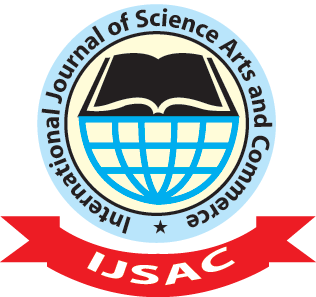Abstract
Hyaluronic acid (HA), polysaccharide of egg shells, is a natural, linear polysaccharide made of repeating disaccharide units of D-glucuronic acid and N-acetyl glucosamine linked by β(1,4) and β(1,3) glucosidic bonds. It is occurring in human body, as an important part of the extracellular matrix of connective tissue. Hyaluronic acid is usable for the treatment of osteoarthritis. It could be used in gynaecology, dermatology, in rhinology where is successfully administered to minimise adverse side effects. Hyaluronic acid could be isolated from different natural materials, e. g. from cock´s combs, egg shells, liver of stingray Aetobatus narinari, or produced by microorganisms. The acid isolation from these materials is carried out by chemical and enzymatic methods. Chemical hydrolysis could be made in ethanol with added HCl, in solution of sodium acetate, etc. Enzymatic hydrolysis could be applied by using of different enzymes, as tryptase, papain, trypsin, pepsin. In our paper, we present the isolation of the hyaluronic acid from the eggshell membranes by enzymatic hydrolysis using pepsin. We tested and found specific conditions of hydrolysis: it progresses for five hours at 40°C with pH=3. The content of HA were tested spectrophotometrically by carbazole method. We determined approximately 5% HA per 1 g of dry matter. Eggshell membranes are a new natural resource, in which naturally occur glykosaminoglykan and proteins essential for maintaining healthy tissues. It is no longer true that the purified hyaluronic acid is usable solely for the treatment of osteoarthritis. They may be applied in gynecology, wound healing, dermatology, in rhinology where they are successfully administered to minimise adverse side effects.
